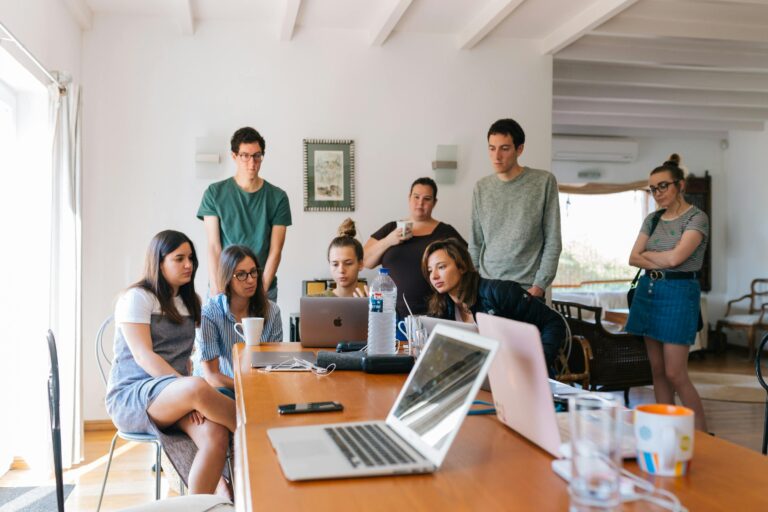Can Turnitin Detect Content from YouTube?
Turnitin, a leading plagiarism detection tool, has helped countless educators and institutions maintain the integrity of academic submissions. With the rising popularity of multimedia sources like YouTube, many wonder about the software’s capabilities to detect content taken from such platforms. Explore the safety of using Writesonic, especially in the context of Turnitin’s ability to detect content from sources like YouTube.
Can Turnitin Detect Youtube Videos?
Turnitin primarily functions by comparing text-based submissions to a comprehensive database of academic papers, web content, and other textual materials. While the tool is adept at identifying text matches, it does not inherently possess the capability to detect or analyze video content. Consequently, the direct video content of YouTube is not within Turnitin’s scanning ambit.
What about the Description Box?
YouTube videos often come with a description box where creators provide additional information, credits, and often, a summary of the video. If content is directly lifted from this description box and used without proper citation, Turnitin can flag it as potential plagiarism, given the text’s potential presence on the internet.
The Role of Video Scripts
Modern technologies offer scripts for a myriad of YouTube videos. If a student uses these scripts without appropriate attribution, Turnitin can detect it as plagiarized content, especially if similar scripts or transcriptions exist within its database.
Can Turnitin Detect YouTube Transcripts?
YouTube transcripts, when available in the description area, are text-based and thus within the detection range of Turnitin. Directly copying from these transcripts without citation can lead to a potential plagiarism flag. However, it’s essential to note that if a video lacks a transcript in its description, Turnitin might not detect copied content, primarily because its detection mechanism relies on text matching.
Can Turnitin Detect YouTube Subtitles?
Subtitles are a valuable resource for many when watching videos, but can they be a source of concern when writing academic papers? Fortunately for students, Turnitin currently cannot detect content derived from YouTube subtitles. The primary reason is that these subtitles are often auto-generated, making them distinct from standard text-based content Turnitin can scan.
Frequently Asked Questions
1. Does Turnitin directly analyze video content?
No, Turnitin is designed to detect matches in text-based content. It doesn’t have the capability to directly compare or analyze video content, including YouTube videos.
2. If I transcribe a YouTube video, will Turnitin flag it as plagiarism?
Potentially, yes. If your transcribed content or any similar text exists in Turnitin’s database, it might flag it. Always ensure you provide proper citations and use original expressions when discussing or analyzing video content.
3. Are there other ways to avoid plagiarism apart from proper citations?
Absolutely! Besides citing your sources diligently, you should:
- Always use your own words when describing or analyzing content.
- If using a significant portion of someone’s video content, seek their permission.
- Remember that plagiarism extends beyond mere text copying—it encompasses presenting any form of original expression as your own without proper acknowledgment.
Conclusion
In today’s digital age, where multimedia sources like YouTube play a pivotal role in research and learning, understanding the capabilities and limits of tools like Turnitin is essential. While Turnitin has a robust mechanism to detect textual matches, it cannot directly analyze video content. However, associated text, such as descriptions and certain transcripts, can be potential plagiarism triggers if used inappropriately. The bottom line remains clear: always provide due credit, use original expressions, and maintain academic integrity in all endeavors.
Note – Given Turnitin’s limitations in detecting content directly taken from YouTube videos but its efficacy in identifying copied text, it’s crucial for students and educators to find innovative ways to ensure originality in their submissions. In this context, OneClickHuman emerges as a valuable tool, designed to convert AI-generated content into a more human-like form. By utilizing OneClickHuman, users can enhance the uniqueness of their work, potentially reducing the likelihood of flags for plagiarism by Turnitin, especially when dealing with content that may originate from or be inspired by multimedia sources. This makes it a recommended resource for those striving to maintain the integrity of their academic work while leveraging AI technologies.







